The Unflinching Gaze of “The Girl with the Dragon Tattoo”
David Fincher’s adaptation of Stieg Larsson’s global phenomenon, The Girl with the Dragon Tattoo, plunges viewers into a chilling mystery woven with dark familial secrets and profound personal traumas. The narrative begins with Mikael Blomkvist (Daniel Craig), a disgraced Swedish political journalist reeling from a highly publicized libel case loss against a prominent businessman. Stripped of his journalistic credibility, Blomkvist finds an unexpected path to redemption when he accepts a peculiar offer from the reclusive and immensely wealthy industrialist Henrik Vanger (Christopher Plummer). Ostensibly, Blomkvist is to assist Vanger with his family memoirs, detailing generations of the powerful, yet deeply flawed, Vanger clan.
However, Blomkvist soon uncovers Vanger’s true, haunting obsession: the decades-old disappearance and presumed murder of his beloved great-niece, Harriet, who vanished from the secluded family island in 1966. What starts as a seemingly mundane assignment quickly devolves into a labyrinthine investigation, compelling Blomkvist to confront the buried darkness within a family scarred by wealth, power, and unspeakable violence, paving the way for an extraordinary alliance with a singular figure.
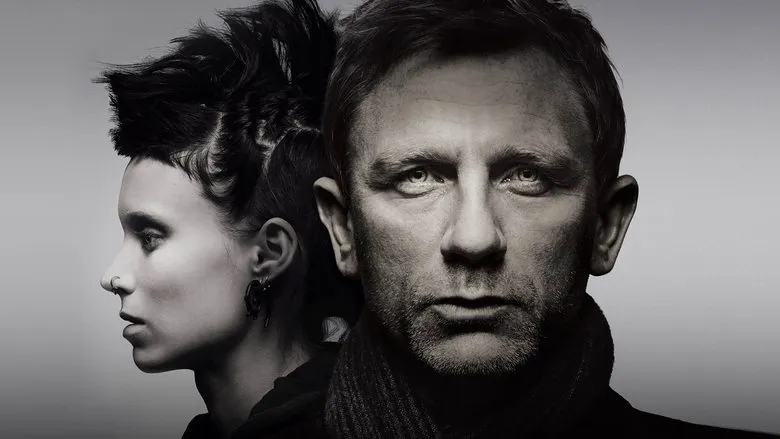
A Defiant Artistic Statement
One of the most striking visual elements in Fincher’s The Girl with the Dragon Tattoo is the “Fuck You You Fucking Fucker” t-shirt, occasionally donned by the enigmatic Lisbeth Salander (Rooney Mara). This sartorial choice is far more than just a character detail; it’s a bold, declarative statement brimming with Fincher’s signature defiance. First and foremost, these provocative words appear to be aimed squarely at the director’s detractors, particularly those who argued vociferously against Hollywood’s decision to remake Niels Arden Oplev’s 2009 Swedish film. Their objection wasn’t necessarily rooted in the original’s cinematic superiority, but rather in the perceived untouchability of Noomi Rapace’s breakthrough performance as Lisbeth, which they believed to be definitive.
Furthermore, the t-shirt serves as an uncannily precise embodiment of Fincher’s own artistic ethos—relentless, uncompromising, and fiercely independent. While media outlets dismissively speculated about his chances for prestigious film awards following The Social Network in 2010, particularly against the more audience-friendly The King’s Speech, Fincher had already disengaged from the superficial “beauty contest.” Instead, he was fully immersed in crafting this magnificent, often impossibly bleak, yet near-perfect thriller, demonstrating his unwavering commitment to his vision over industry accolades.
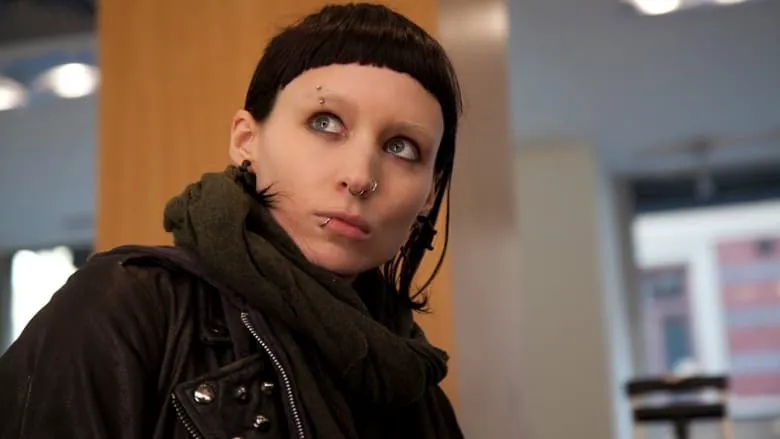
Mastering the Art of the Remake
The challenge facing Fincher was unenviable: to re-envision a hugely successful European film so soon after its original release, a feat few directors dare to attempt, let alone succeed at. Yet, Fincher’s version of The Girl with the Dragon Tattoo arguably delivers precisely the cinematic treatment Larsson’s novel always deserved. The film remains remarkably faithful to the source material’s core narrative, a testament to screenwriter Steven Zaillian’s compact yet incredibly sharp script. Zaillian masterfully condenses the sprawling story, meticulously excising minor details and subplots that, while present in the book, might have diluted the film’s pacing. The result is an immediate and striking difference between a merely good, literal adaptation and a truly gripping, propulsive psychological thriller.
While Blomkvist’s journey into the intricate plot can feel somewhat chaotic in the final half-hour, Fincher’s meticulous direction ensures the film remains laser-focused on the central question: “Who is the killer?” In a notable deviation from the Swedish original, Fincher ingeniously eliminates the peculiar twist of Swedish justice that sees Blomkvist imprisoned, a narrative choice that strengthens the film’s thematic consistency and propels the story forward without unnecessary detours. Producer Scott Rudin’s suggestion to tweak the ending, a creative choice that likely contributed to this streamlined focus, proved instrumental. Fincher’s dedication extends even to subtle nods, like Blomkvist’s visit to the Sjöström grocery store, a possible homage to Swedish cinematic legend Victor Sjöström.
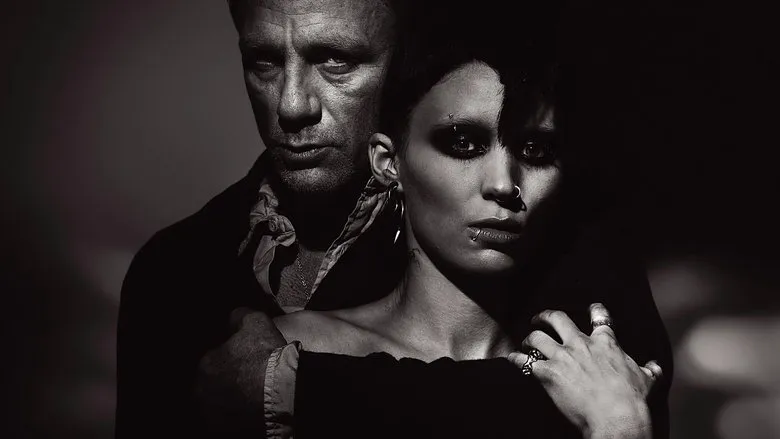
Portraying the Damaged and the Vile
Instead of witnessing a resigned Blomkvist heading to jail, we are presented with a devastated yet determined journalist, adrift in the aftermath of his ruined career. Daniel Craig’s nuanced performance as Mikael Blomkvist serves as the perfect understated prelude to the eventual, explosive appearance of Lisbeth Salander. While other characters adopt subtle Swedish accents, Craig uniquely retains his distinct voice, a choice that, surprisingly, never feels jarring. Blomkvist, with his perpetually sleepy eyes, scruffy stubble, and defiantly unfashionable flannel pajamas, is rendered intentionally unremarkable. He is, in essence, an everyman, easily overshadowed and occasionally outmaneuvered by the extraordinary individuals around him, far from the typical “superman” trope.
This ordinariness beautifully contrasts with the magnificent Christopher Plummer, who delivers a truly astonishing performance as Henrik Vanger. Plummer, who also garnered immense acclaim for his role in Mike Mills’ Beginners, brings a profound gravitas and chilling menace to Vanger. He is superb in depicting the wealthy industrialist who invites Blomkvist to delve into the sordid world of his family—a collection of “robbers, misers, and fools… the most pathetic bunch of people in the world,” before delivering the bone-chilling clarification: “My family.”

Fun fact: Tony Way’s character, Plague, makes his first appearance notably sporting a Nine Inch Nails t-shirt, a subtle nod given that Trent Reznor, the frontman of Nine Inch Nails, co-authored the film’s haunting score. Additionally, Daniel Craig went through thirty pairs of Scotch & Soda jeans during the extensive production, a testament to the demanding nature of the role.
Lisbeth Salander: A Character Reimagined
The titular girl, Lisbeth Salander, commands her own powerful sense of timing. She doesn’t immediately yield to Blomkvist, allowing him to first grapple with the deeply dysfunctional Vanger family and its dark secrets. Wisely avoiding direct comparisons to Noomi Rapace’s acclaimed portrayal in the original, Rooney Mara crafts her own distinct interpretation, performing as if the 2009 film never existed. Where Rapace’s Lisbeth was often characterized by her withdrawn severity and hardened edges, Mara’s portrayal introduces layers of childish spontaneity and poignant hesitancy. This nuanced approach makes Lisbeth’s true age incredibly difficult to discern, a deliberate choice by the filmmakers, as her exact age is purposefully kept ambiguous for much of the film.
When she pulls a hood low over her head, she morphs into a seemingly innocuous 14-year-old boy. During the harrowing and visceral scenes of her physical assault by her despicable guardian, she appears heartbreakingly small and underage. Yet, the moment Lisbeth asserts control and orchestrates her meticulous revenge—a scene brilliantly enacted by Mara, especially considering the age gap between her and Blomkvist’s character—it becomes undeniably clear: we are confronted with the formidable will of a mature woman, capable of profound calculation and shocking retaliation. This dual nature makes Mara’s Lisbeth a truly captivating and complex characterstudy.
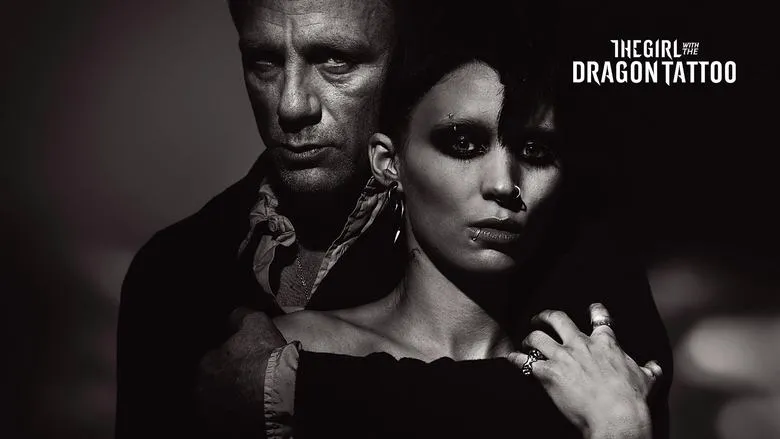
Fincher’s Meticulous Signature
The Girl with the Dragon Tattoo stands as a definitive display of David Fincher’s honed and perfected individual style, a mastery that, one might argue, evolved almost subconsciously. While superficially appearing as another exercise in sustained atmospheric tension, akin to his earlier works like Panic Room or The Game, this film is, in truth, a pivotal entry in his illustrious filmography. When, years from now, film historians write the authoritative tome on Fincher’s genius, The Girl with the Dragon Tattoo will undoubtedly occupy a central chapter.
The film’s insidious, intoxicating opening sequences skillfully invert Daniel Craig’s familiar persona as James Bond, twisting his image to fit Blomkvist’s vulnerable, disgraced character. Blomkvist’s awkward, tender relationship with his daughter subtly echoes the poignant, melancholic poetry found in The Curious Case of Benjamin Button. Henrik Vanger’s grim determination to unearth the truth about Harriet’s disappearance mirrors the relentless persistence of Robert Graysmith in Zodiac. The film occasionally features unintentional, almost comical cyberpunk heroism, creating a stark contrast with the dry, skeptical satire that permeated The Social Network. Moreover, the pervasive, almost animalistic cruelty that pervades The Girl with the Dragon Tattoo unmistakably harks back to the grim, visceral world of Seven. It’s a synthesis of his thematic obsessions and stylistic prowess, bound together with a cold, elegant precision.
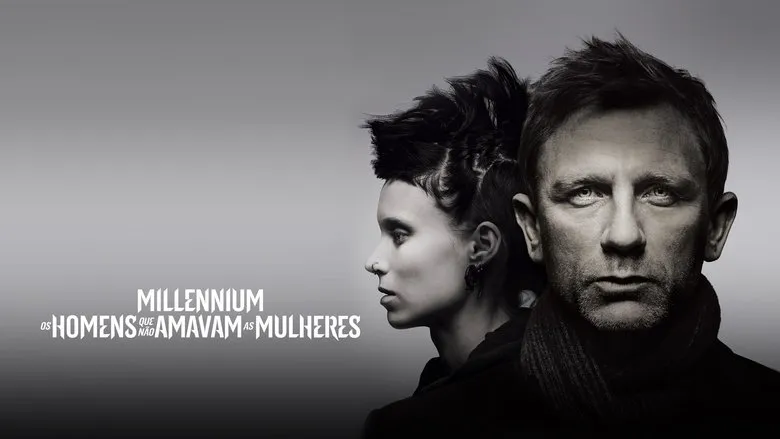
Final Reflections
Are there imperfections? One could certainly debate the appropriateness of a rather drawn-out ending, which, while remaining true to the novel, consciously leaves the door ajar for two potential—and, perhaps, inevitable—sequels. However, this same extended denouement serves a crucial purpose: it deftly allows the accumulated tension of the preceding grim events to dissipate, guiding the film towards an unexpectedly, almost tenderly, soft conclusion.
Ultimately, Fincher proves himself to be an uncompromising professional, unafraid of making brutal aesthetic decisions. The chillingly depicted scenes of sexual assault and torture are unflinching and should not be underestimated; this is unequivocally not a film for the faint of heart. Yet, beneath its brutal exterior, The Girl with the Dragon Tattoo speaks more profoundly to the enduring pain of broken hearts than to the simple physical act of breaking people. In this nuanced exploration of human resilience and moral decay, Fincher triumphs, silencing his harshest critics and proving, without a shadow of a doubt, that he did everything perfectly.